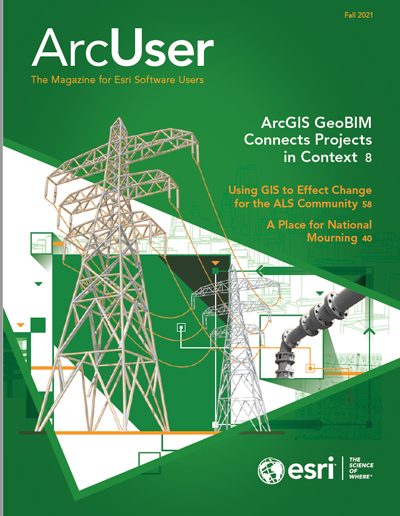From building affordable housing to designing infrastructure that is resilient to the stresses of climate change, governments and commercial organizations will need to invest vast sums to create a sustainable future.
A geographic approach is required to realize this future. Placing infrastructure in a geographic context allows for more intelligent and cost-effective development. GIS, the technology that enables the geographic approach, integrates and analyzes data from many systems and fosters collaboration, leading to better outcomes. As the benefits of this perspective have been more widely appreciated, the application of GIS technology has been expanding, not only moving across organizations but also aiding collaboration between organizations.
The New York City Department of Sanitation, which developed real-time situational awareness of its snow removal activities using GIS and live feeds, is expanding GIS use to other mission-critical services that maintain the city’s infrastructure.
The Idaho Transportation Department (ITD) expanded its mobile data collection program from a single district to every district in the state. It inventoried the location, condition, and status of its entire highway system and, in the process, saved 300,000 hours of labor and $3.8 million in wages. ITD made this infrastructure data available to its staff, partners, and the public using ArcGIS Hub.
With the introduction of ArcGIS GeoBIM, GIS applies the geographic framework to the built environment of cities. By bridging the gap between GIS and building information modeling (BIM), ArcGIS GeoBIM provides a single authoritative view of infrastructure projects that combines data from many sources in a geographic context. This view can be accessed by project teams and stakeholders, which enhances collaboration and improves decisions.
A geospatial infrastructure supports the design, construction, and maintenance of the physical infrastructure needed for a sustainable future.


